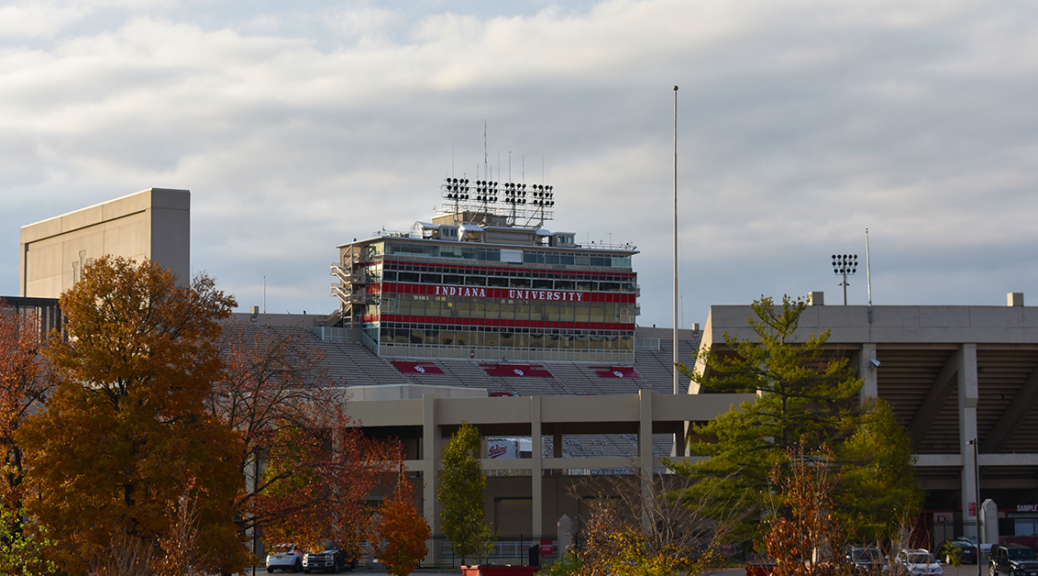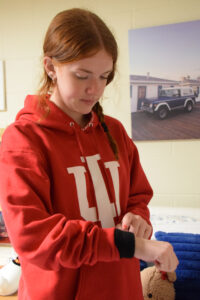NIL and the College Athlete: Empowerment, Opportunity, and Controversy
By: Chelsea Keusch, Maddy Goodman and Ally Patterson
Bloomington, IN (November 5, 2024)
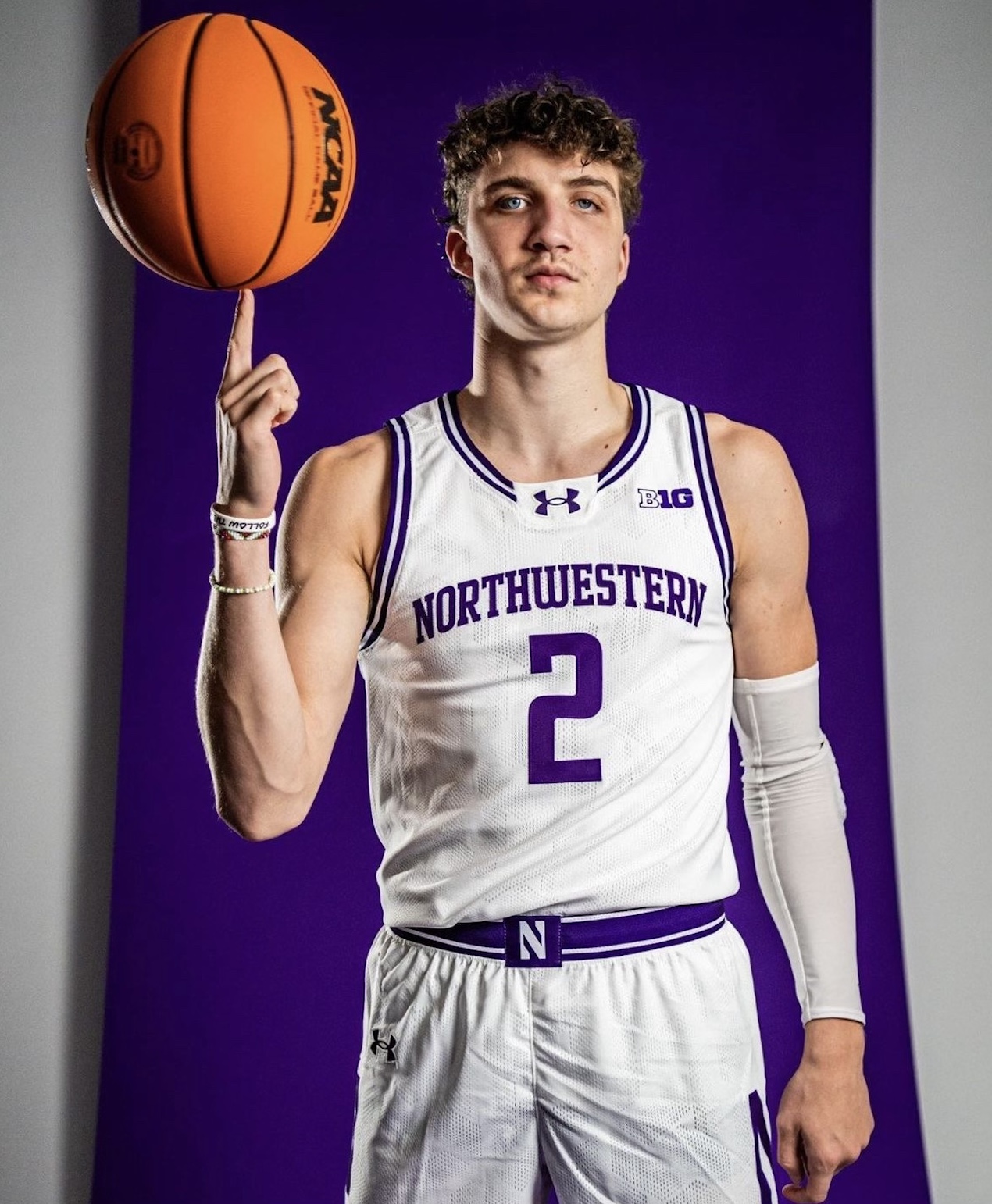
As senior Nick Martinelli looked up to the final scoreboard of the 2022 basketball state championship game, he was filled with joy. He could hear the loud cheers of the crowd and could see the smiling faces of all of his teammates. All of their hard work had finally paid off and they had won the state championship title for their school, Glenbrook South High school. Martinelli had been a leader on the team, both in skill and attitude, and knew this championship would lead to several college offers. In all of the joy and excitement, Martinelli knew he had a lot to think about when it came to collegiate opportunities. He eventually chose to attend Northwestern University in Evanston, Illinois. As he began his college journey, he soon discovered that collegiate athletics were evolving, particularly with the realm of Name, Image, and Likeness (NIL) prospects. “NIL is great for athletes especially those in the Big 10 where fans are very invested in how their team is doing and use social media to check up on the players and stats,” Martinelli said. The implementation of allowing NCAA athletes to accept NIL deals gave athletes like Martinelli the opportunity to make money off of their skills in ways that were unimaginable for earlier generations. As a driven athlete, he viewed this as a chance to develop his own personal brand. However, he was aware that having a strong social media presence was just as important for success in this new arena as having skill on the court. At first, Martinelli was nervous about using social media. Previously all of his attention had always been on his game, and he largely saw Twitter and Instagram as a distraction. However, he chose to work towards NIL deals after talking about the opportunities it could bring to his career with his teammates and coaches. He began sharing behind-the-scenes looks into his life as a student-athlete, as well as highlights from practices and games on social media platforms. As his accounts began to gain traction, he was able to gain multiple opportunities pertaining to NIL.
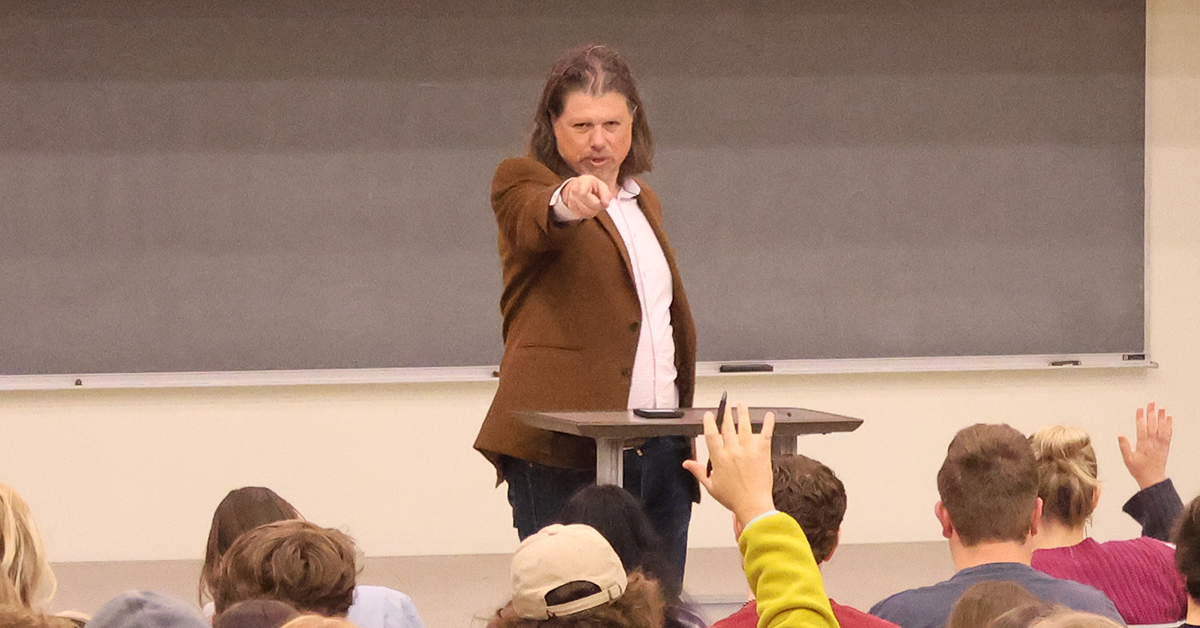
In the world of college athletics, the idea of Name, Image, and Likeness, also known as NIL, has transformed the lives of many collegiate athletes. In the past they have been limited to scholarships or the very little endorsements that only their school profited from, student-athletes can now control their personal brands through social media. This directly turns their followers into financial opportunities. “Athletes [do] have market value, do have compensatory value, and are able to leverage those rights, those opportunities, as they choose where they are going to go to school or stay in school,” Professor Galen Clavio, Director of the National Sports Journalism Center, said. In addition to increasing their own marketability, athletes with large fan bases often improve the school’s reputation by presenting it in a fresh way, which frequently attracts more applications overall. For example, “Caitlyn Clark started appearing in State Farm commercials in her Iowa jersey. That was a separate contract signed by the University of Iowa, to try to capitalize off of Caitlyn Clark,’s publicity” Clavio said. Athletes that gain national attention draw more fans to games, boosting earnings from merchandise and ticket sales.
Nevertheless, this change has produced a cutthroat market where skill can be overshadowed by popularity. While some athletes find it difficult to generate traction, others who are adept at social media may land big agreements. As athletes concentrate on developing their brands rather than just the sport, this discrepancy may cause conflict across conferences. Athletes that play at smaller institutions such as sophomore athlete, Molly Tapak, who plays soccer at Southern Illinois University, does not receive NIL offers, and has less of a platform through her school to obtain a substantial following. This can be frustrating as they are putting in the same amount of work as any other college athlete and see few results in the aspect
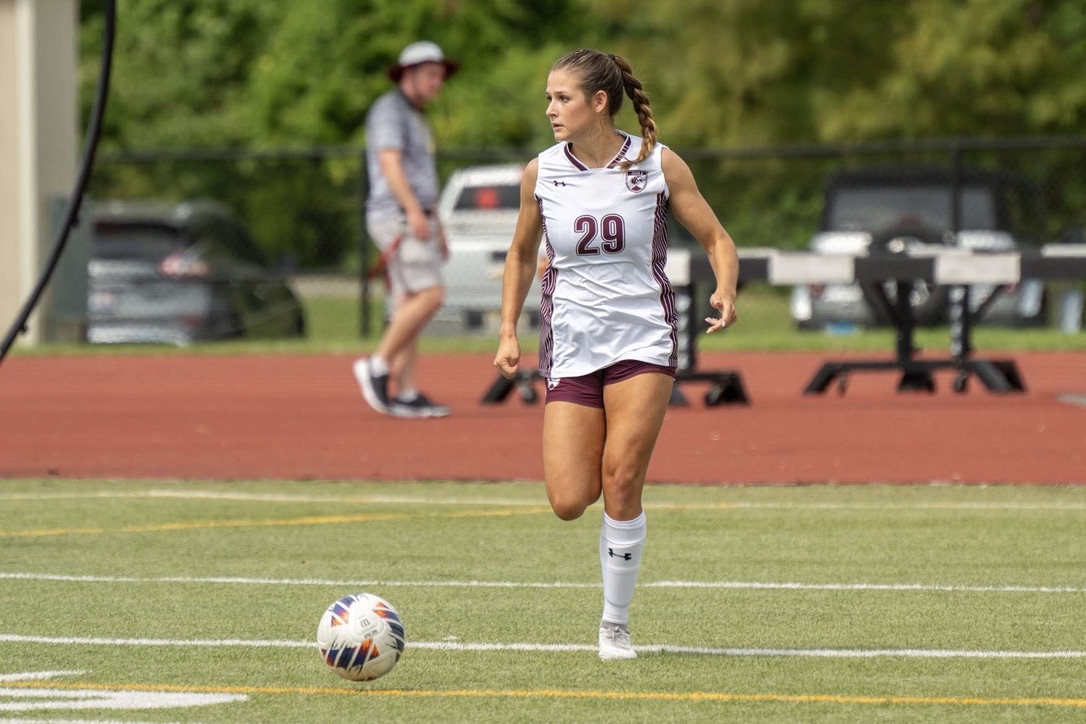
of NIL opportunities.”Very few girls on the team receive any sort of NIL deals, and the ones that have obtained sponsorships, have done so through non-soccer related posts,” Tapak said. While Tapak recognizes the positive possibilities of NIL deals, she feels her school has not been majorly impacted by the implications. Since the school itself doesn’t draw a lot of attention, this leaves hard working athletes with fewer possibilities to gain national attention, and in turn NIL deals, themselves.
Furthermore, there might be a lot of pressure to keep up an engaging online presence. Athletes frequently find themselves balancing training, academics, and content creation, making it difficult to distinguish between their personal and sports life due to the continual scrutiny they receive from fans and possible sponsors. Cooper Noard, a college men’s basketball player at Cornell University says, “It is difficult to balance waking up at 5 am most days of the week for practice, to then going to class for several hours to come home and somehow find time to hang out with friends all while exhausted physically and mentally.” Although Cooper does not receive NIL money he also says “I think NIL is great for college athletes. I’m a day one supporter of college athletes being able to make money as long as it doesn’t interfere with the integrity of the team and the sport.”
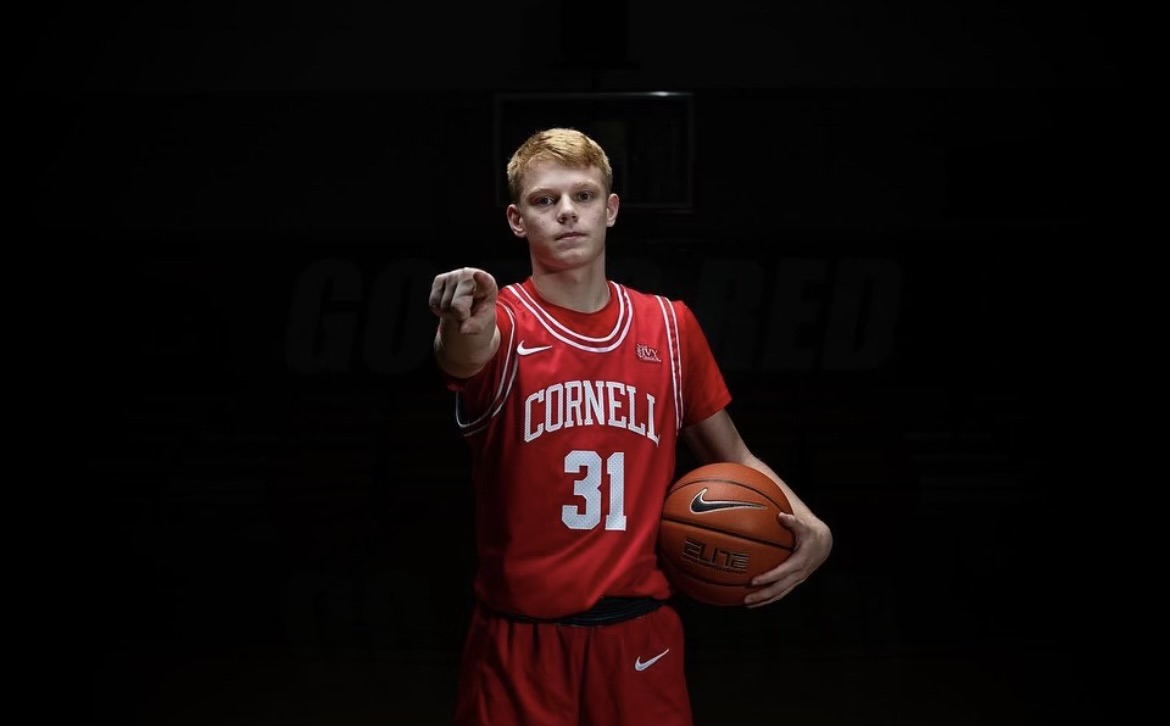
There is no denying social media’s impact on collegiate athletics in this day and age. Although NIL rights have created opportunities, they have also brought forth complications that have changed the definition of student-athlete status.
Students on Indiana University Bloomington’s campus share their thoughts on how NIL has impacted their respective campuses.


